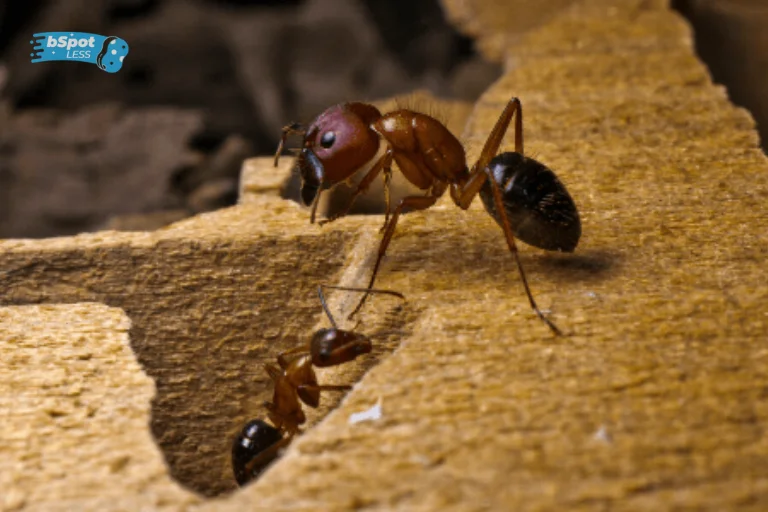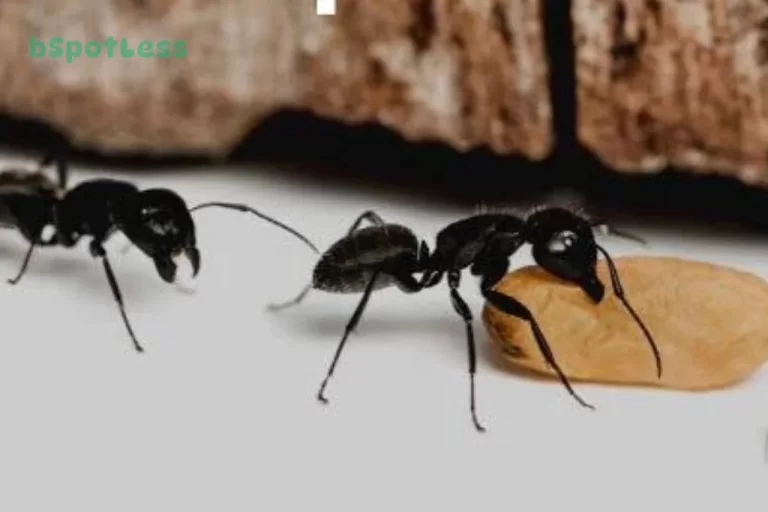Do you have an infestation of Florida carpenter ants in your home? Are you frustrated by their seemingly unstoppable presence? Don’t worry! We have compiled a list of the best methods for getting rid of these pests once and for all. Read on to learn more about how to get rid of Florida carpenter ants effectively and safely.
Identify Carpenter Ants
It is important to identify the type of ant you are dealing with before attempting to get rid of them. Carpenter ants are usually black or red in color, and they range in size from 1/4 inch to 1/2 inch long. They look different from other common ants because of their large size and their habit of cutting through wood. If you find these insects in your home, you should take action to get rid of them quickly.
Inspect Home and Surrounding Areas
Once you have identified carpenter ants and identified their nesting sites, it is important to inspect your home and the surrounding areas. You should look for signs of moisture such as leaks, water damage, and plumbing problems. In addition, you should inspect the area where they are nesting for any decaying wood, as this is a prime breeding ground for the ants. Once you have identified the source of moisture and decaying wood, it is important to take steps to remove these sources in order to prevent future infestations.
Remove Moisture Sources
After identifying and inspecting for carpenter ants, it is important to remove any sources of moisture from the home or surrounding areas. Carpenter ants are attracted to moist environments and can often be found in areas like leaking pipes, gutters, and other damp places. Taking steps to remove moisture will help reduce the likelihood of carpenter ants entering your home. Additionally, make sure to repair any broken windows or doors that may be allowing rainwater to enter your home.
Eliminate Food Sources
In addition to eliminating food sources, it is important to get rid of any moisture sources that may be present in the home. This includes repairing leaking pipes, faucets, and other water sources. It is also important to remove wet and decaying wood, as this can create an easy entrance for carpenter ants.
Now that food sources have been eliminated and moisture sources have been removed, it is time to move on to eliminating the carpenter ants themselves. There are a variety of methods to do this, ranging from traps and baits to insecticide sprays and dusts. Traps and baits are effective against carpenter ants since they are attracted to sweet substances such as honey or sugar water. Insecticide sprays can be used directly on the nest area, while insecticide dusts can be applied into cracks and crevices where the ants may be entering the home. Finally, for large infestations, it may be necessary to remove the nesting sites of the ants. This could include trimming or removing trees that are providing nests for carpenter ants.
Seal Entry Points

Once pests have been identified, you need to check for entry points into your home. Carpenter ants use existing cracks and crevices to enter buildings, so it’s important to seal these up. You can use caulk or other sealants to fill in any gaps that may be letting ants inside. You should also check the foundation of your home and seal any holes or entry points you may find. After sealing up any existing entry points, you can also use traps or baits to catch any additional ants that may be entering your home.
Use Traps and Baits
After inspecting your home and surrounding areas for carpenter ants and removing any moisture sources and food sources, it is time to move on to the next step – using traps and baits. Carpenter ants are attracted to sweet and greasy substances, so traps and baits that contain these ingredients can be used to draw them out of hiding. Envirosafe Pest Control suggests using Ficam Insect Bait or Fipro Foaming Aerosol indoors around cracks and crevices where they may be living. For outdoor use, dish soap mixed with water and rubbing alcohol can be sprayed around the perimeter of the home. This will help to reduce the presence of carpenter ants near your property.
Apply Insecticide Sprays
Once you have identified the areas that need to be treated, it’s time to apply insecticide sprays. These sprays are designed to last for a few months and can be applied directly to infested areas. There are many different types of insecticides available and it’s important to read the directions and safety precautions before use. Dish soap mixed with water and rubbing alcohol can also be used as an effective home remedy against carpenter ants.
Use Insecticides Dusts
Once other methods have been exhausted, it may be necessary to use an insecticide dust to get rid of carpenter ants. A small amount of insecticidal dust or spray applied directly to the nest area is usually sufficient to eliminate the nest. Insecticides dusts provide longer-lasting protection against carpenter ants and other pests. When using insecticides dusts, be sure to follow the instructions carefully, as some insecticides can be dangerous if not used properly. Additionally, be sure to wear protective clothing and take precautions to avoid contact with any skin or eyes.
Remove Nesting Sites
Removing nesting sites is an important step in getting rid of carpenter ants. Trees that are providing nests for carpenter ants should be removed, treated, or trimmed. A small amount of insecticidal dust or spray applied directly to the nest area is usually sufficient to eliminate the nest. If you see flying ants or find ant bites while inside your home, it’s critical to get rid of any decaying wood and seal off any entry points. Additionally, replace any wet or decaying wood around your home and in the trees surrounding it as soon as possible. Doing this will make it more difficult for the carpenter ants to gain access to your home.
Prevent Re-infestation
Once you have successfully eliminated the carpenter ants, it is important to take steps to prevent re-infestation. This can be done by sealing all rotten wood areas and installing screens over doors and windows. Additionally, if you have any trees that are providing nests for the carpenter ants, it is important to remove, treat, or trim them. Finally, it is a good idea to use a combination of insecticides such as Ficam Insect Bait and Fipro Foaming Aerosol inside your home, along with a solution of dish soap and water/alcohol mix to spray around entry points. With these measures in place, you can keep your home safe from unwanted carpenter ant guests.

